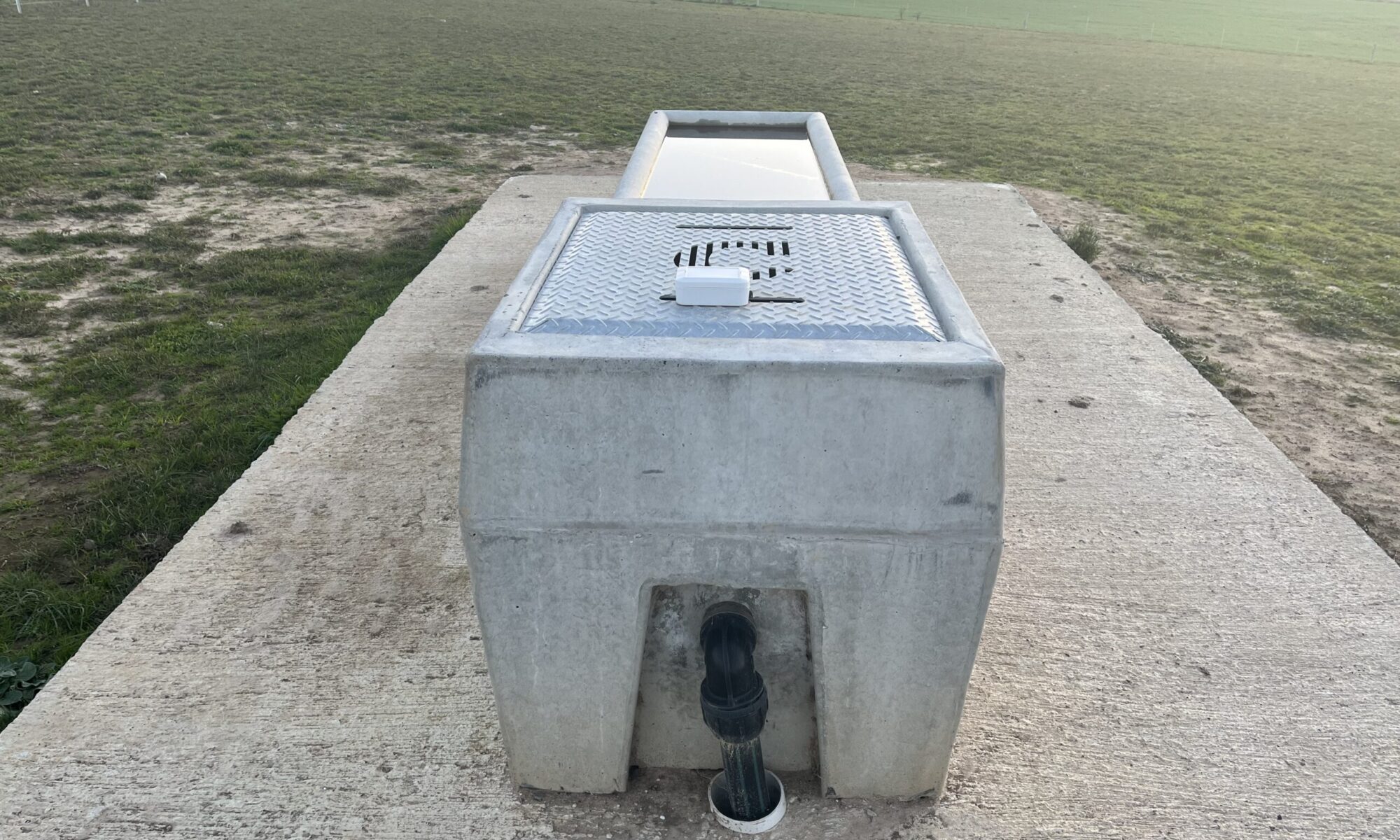The answer is simple – smarter technology, ethically sourced
The Problem with Traditional Remote Monitoring Systems
Traditional remote monitoring systems often rely on satellite or mobile networks like 3G, 4G, or Nb IoT to send data. While this approach is common, it comes with several significant drawbacks:
- Expensive Hardware: Imagine needing a new phone every time you want to talk to a different friend—unrealistic, right? Yet, some competitors require you to set up a separate phone or satellite connection for each water tank or trough on your farm, leading to costly setups and high subscription fees.
- High Power Usage: These systems demand significant power, often requiring solar panels with lead-acid or large polymer batteries. This not only increases costs but also complicates installation and poses potential fire risks from lithium polymer batteries.
- Limited Data Collection: Typically, these systems allow data collection only two or three times a day, despite charging substantial annual subscription fees.
farmIT – Smarter – Simpler – Better
farmIT addresses these issues with advanced European mesh telemetry, efficiently channeling data from all sensors to a central hub, cloudLink, which then transmits your data to the cloud via your existing internet connection.
Why farmIT is Better:
- Cost-Effective: No need for expensive communication hardware. Our sensors last up to five years on just two AA batteries, with no subscription fees.
- Easy Installation: Simple to install, saving you time and effort. Collect as many readings per day as you need—without extra fees or draining battery life.
- Reliable Coverage: Our mesh network guarantees dependable data transmission, even from the most remote parts of your property. Whether managing a large cattle station in the Kimberley or a hobby farm in Bowral, farmIT delivers your data directly to your phone or computer, without any hidden costs.
Our Commitment to Ethical Manufacturing
At farmIT, our dedication extends beyond just technology, ethical manufacturing isn’t just a policy—it’s a core value that influences every decision we make. We are proud to offer products that are not only high-quality and reliable but also ethically sourced and responsibly made.
- Ethical Concerns: Given the human rights issues associated with the Chinese regime, we consciously avoid sourcing from China. Instead, we choose components from countries with strong ethical track records, such as Europe, the USA, Japan, and Taiwan, known for their commitment to fair labour practices, environmental sustainability, and human rights.
- Australian-Made: Our design, manufacturing, sales and backend software development is based in Sydney, Australia. Front end software development is based in New Zealand.
Our Guarantee
Our sensors are built to perform exceptionally well in tough agricultural environments. They come with a 3-year warranty, ensuring you can trust our technology to provide accurate and timely data for your farm. Click to see farmIT in action.


